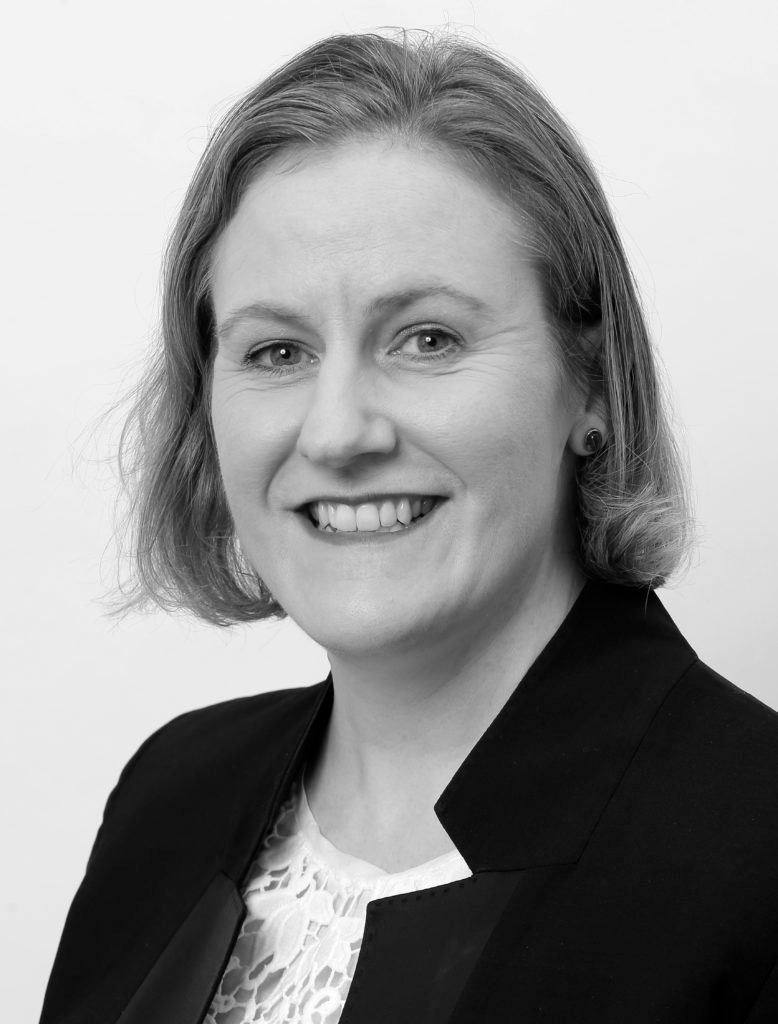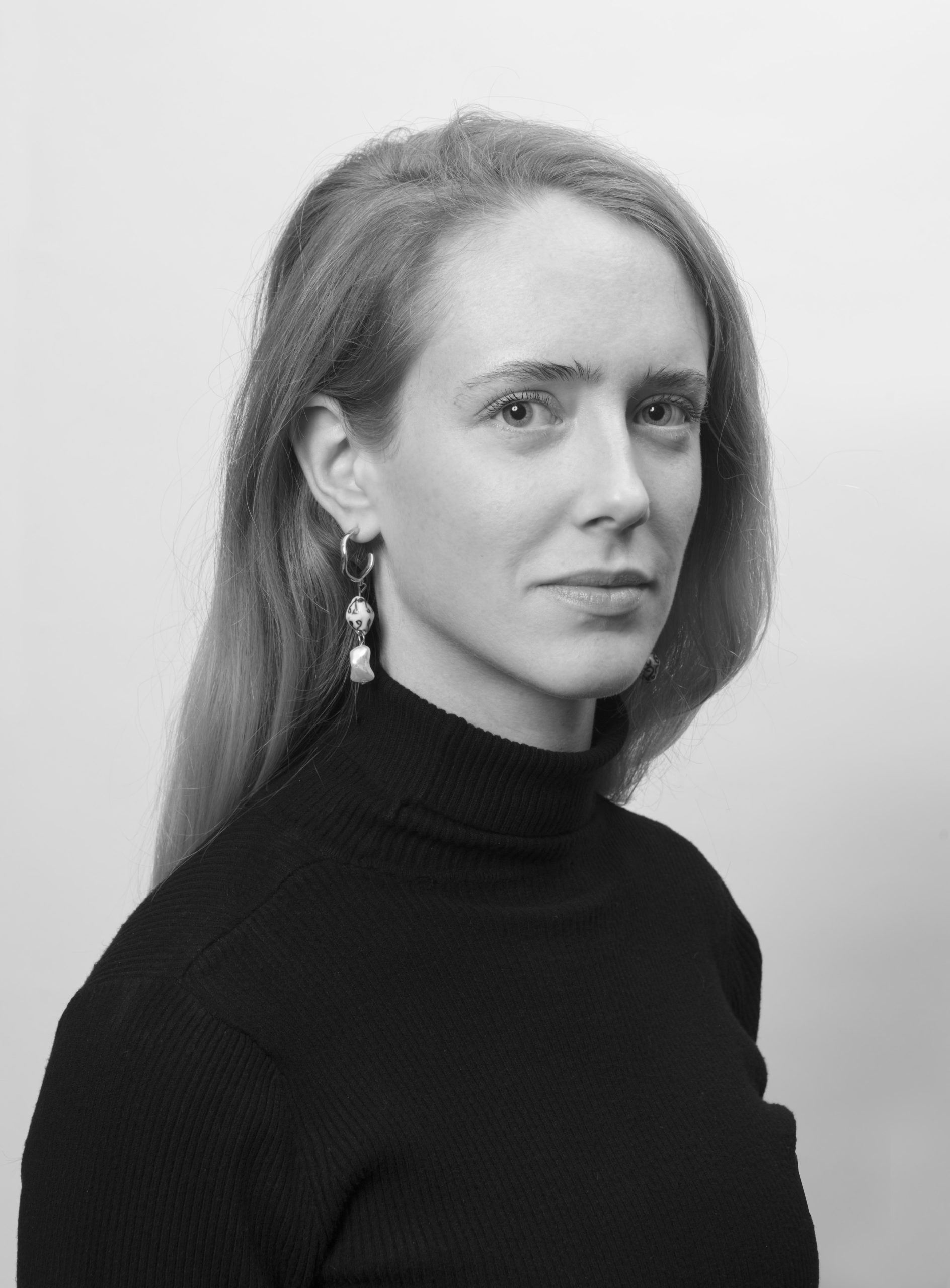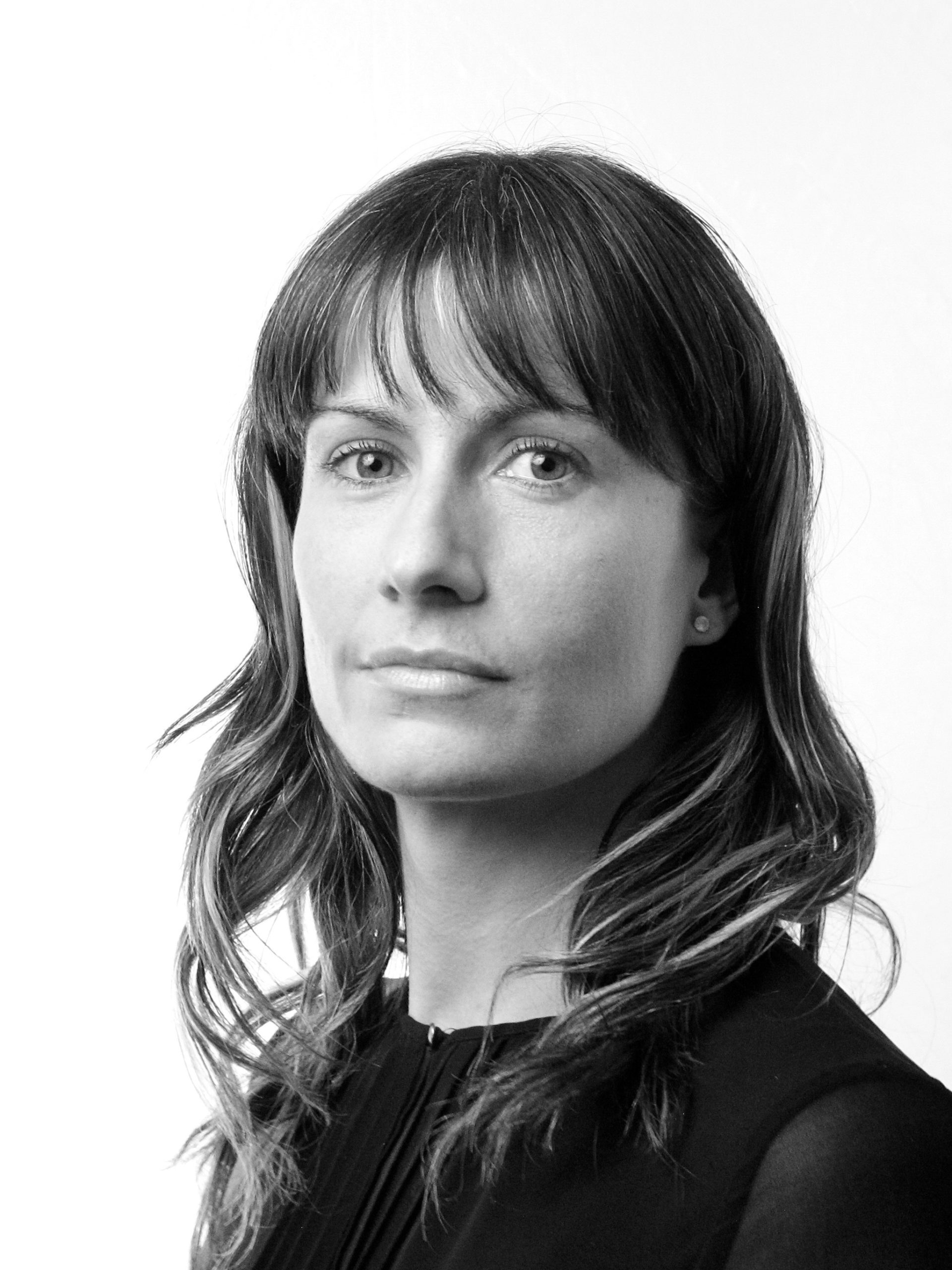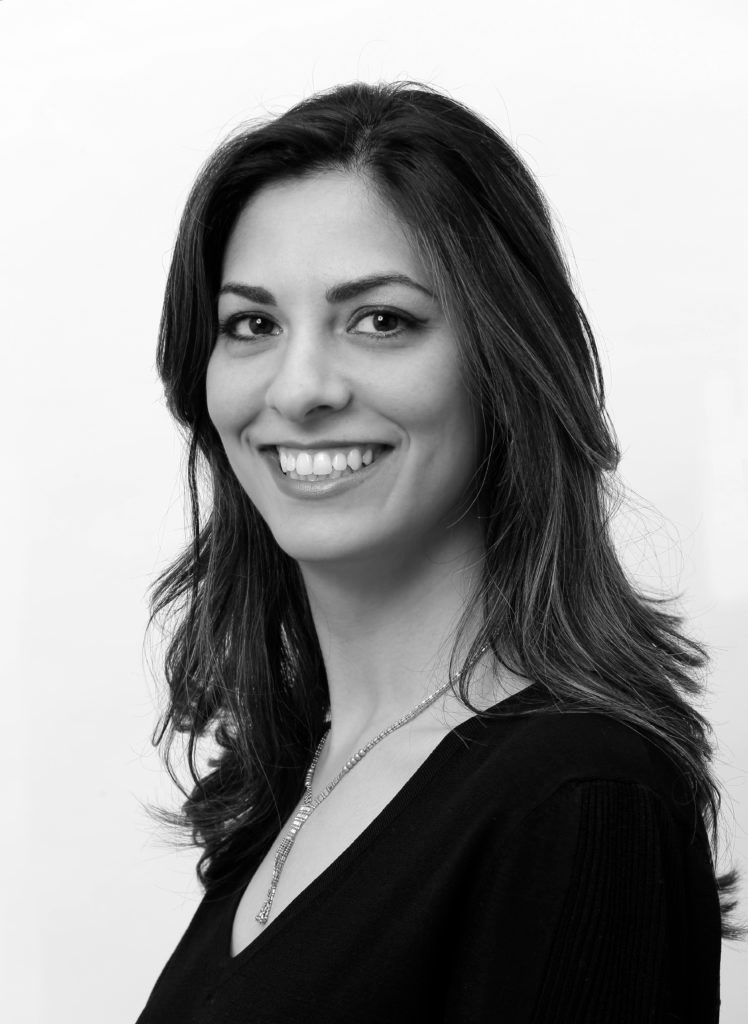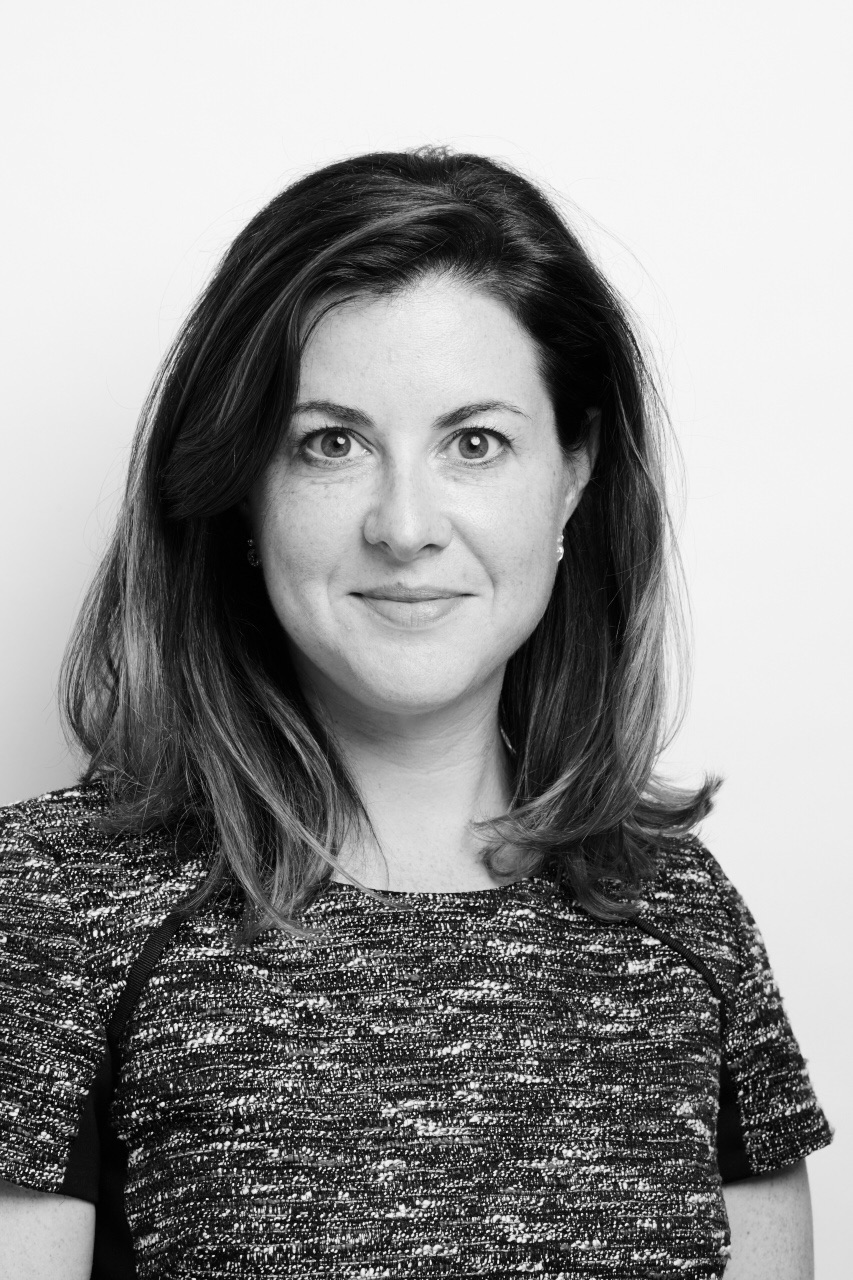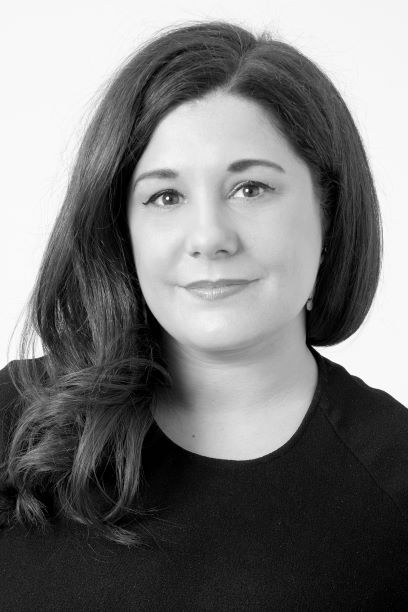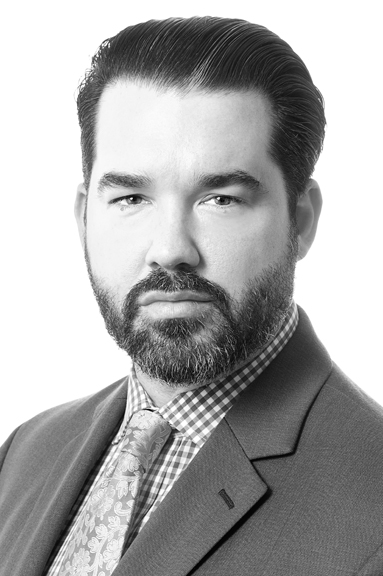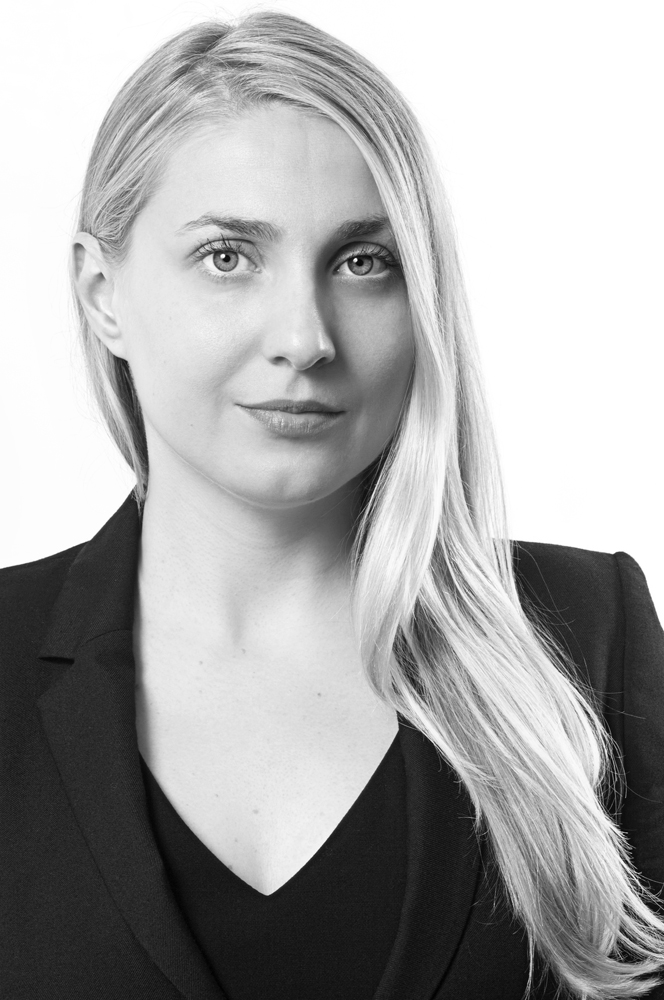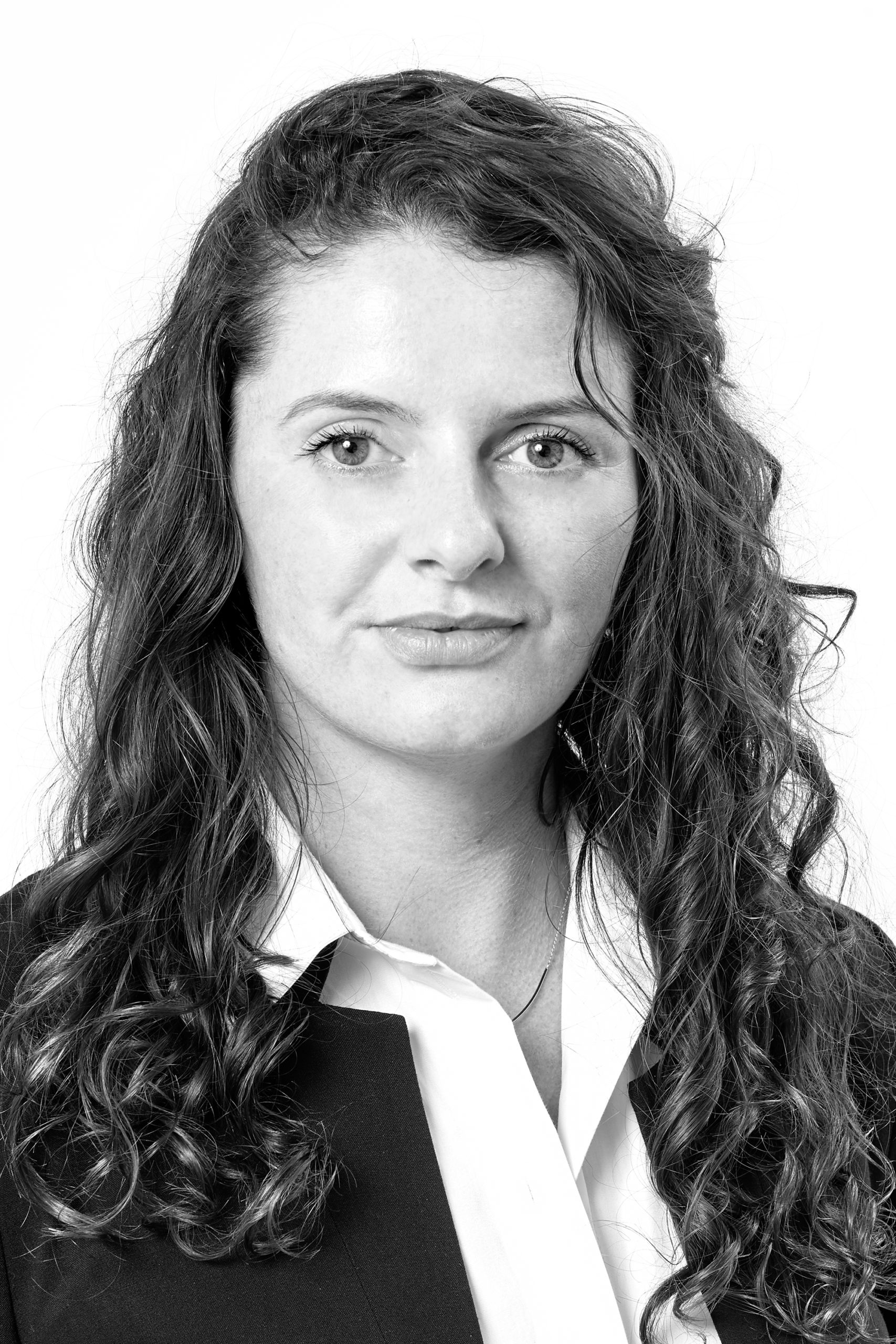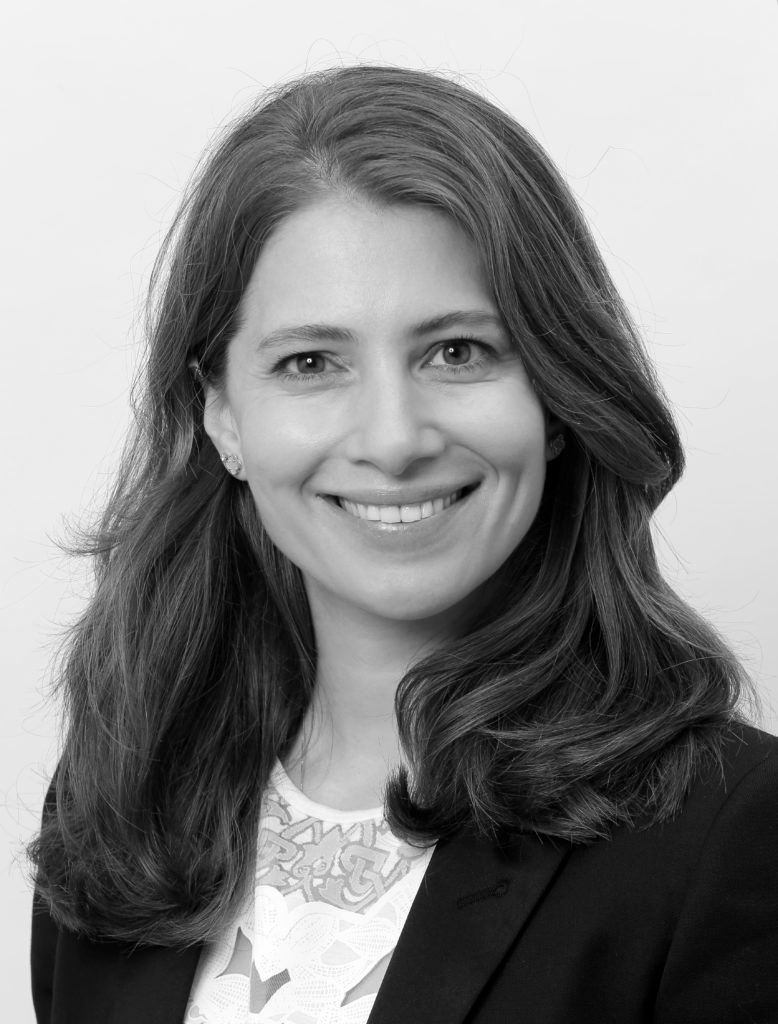Gurr Johns: Perspectives sees our specialists share their views, opinions, and insights about the global art world.
In the last of this series, Alessandro Fiorotto (Managing Director, Gurr Johns Capital) shares his thoughts on why you shouldn’t turn your next child into an NFT, what’s changing in the art finance world, and the new specialty lender about to arrive on the scene…
* NFTs continue to be headline news. Are they the future of art collecting? Should I mint an NFT of my child? Would you lend against it?
Alessandro Fiorotto (A.F) All good questions, to which I would have to answer no. We are living in a new age of art investment and, as the industry continues to evolve, we’ve seen a heightened interest in the digitalization of the art market and NFTs in particular, but only time will demonstrate their longevity and staying power. Personally, now that the world is opening back up, I believe that many collectors are enjoying returning to galleries and auction houses and seeing artworks hanging in front of them again, rather than just sharing them on an iPad.
In terms of lending against digital art and NFTs, as with any volatile asset, it is complex, but not impossible. There’s no doubt that the trading of digital assets in the form of an NFT on traditional fine art auction platforms has helped add credence to NFT-linked art as an asset class. NFTs’ ability to pinpoint authenticity is critical for buyers and sellers, which coupled with the ease of transfer and payment with cryptocurrency, makes them an attractive asset for new-age investors obsessed with liquidity.
Whether the NFT is a transformer or disruptor is open to debate. Ultimately, NFTs are just another form of digital art (which has been around for a long time) uniquely tied to a blockchain, and just as blockchain will change some industries more than others, it will also leave its mark on the art world.
* What is Gurr Johns Capital and why is it entering the market now?
A.F. Gurr Johns Capital is a new financial solutions company for the art and collectables market. For over 100 years, Gurr Johns has been the trusted advisor for some of the largest art collectors in the world with confidentiality and discretion at its core. It has always been a solution-orientated company, helping new and established collectors manage all aspects of their collecting passion and journey.
Gurr Johns Capital is a natural extension of this existing DNA. We will soon be coming to market with an approach that merges our historic and reputable art advisory expertise with a financial solutions and client-orientated philosophy.
We will be focused on working with international collectors, galleries, corporations and trusts to help solve any financing needs. Instead of expensive inflexible loans, we will work with clients to put together tailored and flexible solutions and create better opportunities for them to diversify and increase their collections.
* Why has there been such an increased demand for “art loans”? Should all art collectors consider leveraging their portfolio or next acquisition?
A.F. Several factors have led to rising demand for art-secured lending over the last decade. The most prominent being the increased financial sophistication of the art world, as well as a positive generational shift in attitude towards using leverage.
Wall Street banks have been offering art-secured financing for decades, however, it has been the growth in lending against contemporary art by specialty lenders and Sotheby’s Financial Services which has helped the market boom. With some contemporary artists appreciating by over 20% per annum, it makes good financial sense to borrow at 5-10% and seize the opportunity to increase the size and value of your collection.
That said, I will probably differ from other lenders in my belief that not everyone should rush to take out a loan. Art loans and acquisition financing can be a smart and effective way to manage your financial situation, collection, or facilitate an acquisition, but it depends greatly on the specific situation, and who the lender is. Like a mortgage from a bank, who you decide to borrow from can have a large impact on the overall outcome, especially when the market doesn’t go exactly the way you may have anticipated.
The first step is always to speak with the client and understand what they are trying to achieve. Leverage can be a powerful tool, but it should always be seen as a means rather than an end in itself. Working with a specialist lender who can be flexible, as well as offer impartial expert art advice and valuations, is a major advantage for anyone considering taking a loan.
* What will Gurr Johns Capital be doing differently and what are the advantages for borrowers?
A.F. Gurr Johns Capital will blend its 100-year-old art expertise with a modern solutions-based finance approach. We are finalising the framework and expect to come to market soon with an offering that will resonate and be helpful to collectors. As an independent player, neither a bank nor an auction house, we will be able to lend against a wider variety of collectables and offer borrowers competitive terms and greater flexibility.
Gurr Johns Capital is a modern financial solutions company, with a deep-rooted history of art expertise and authenticity.
If you would like to discuss unlocking capital from your existing art collection, refinancing your current loans on better terms, acquisition finance or a tailor-made financing solution, get in touch with Alessandro – afiorotto@gurrjohns.com









